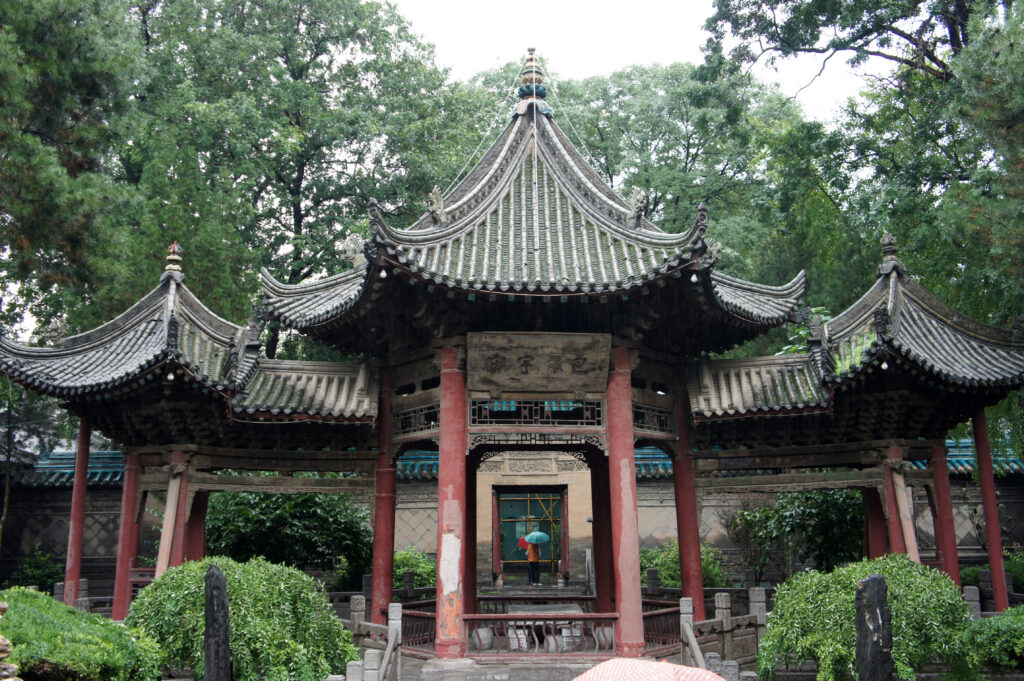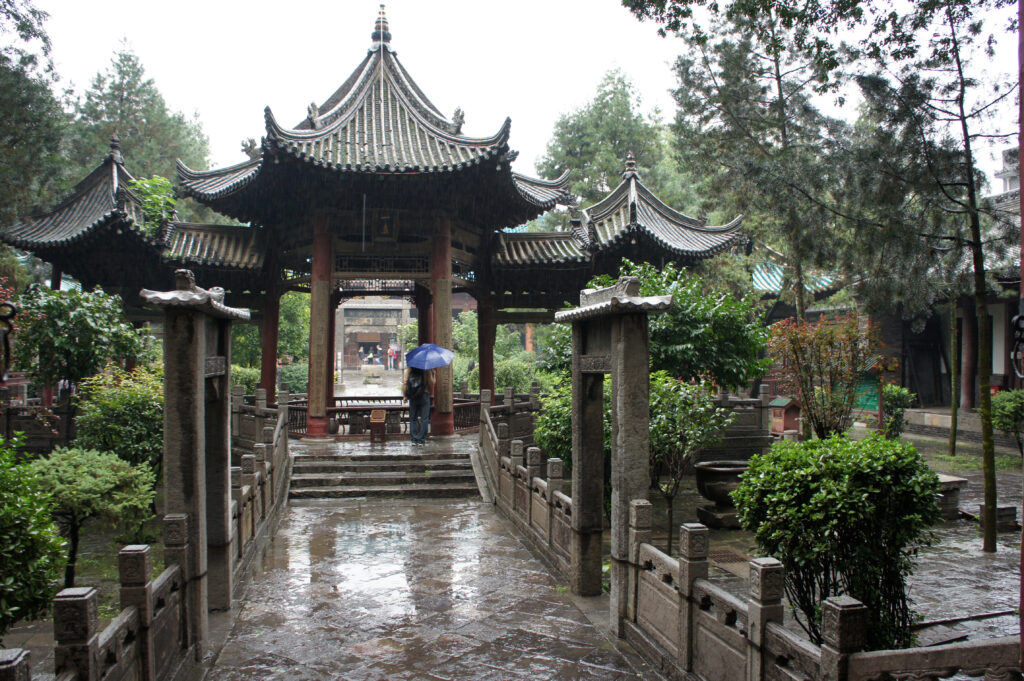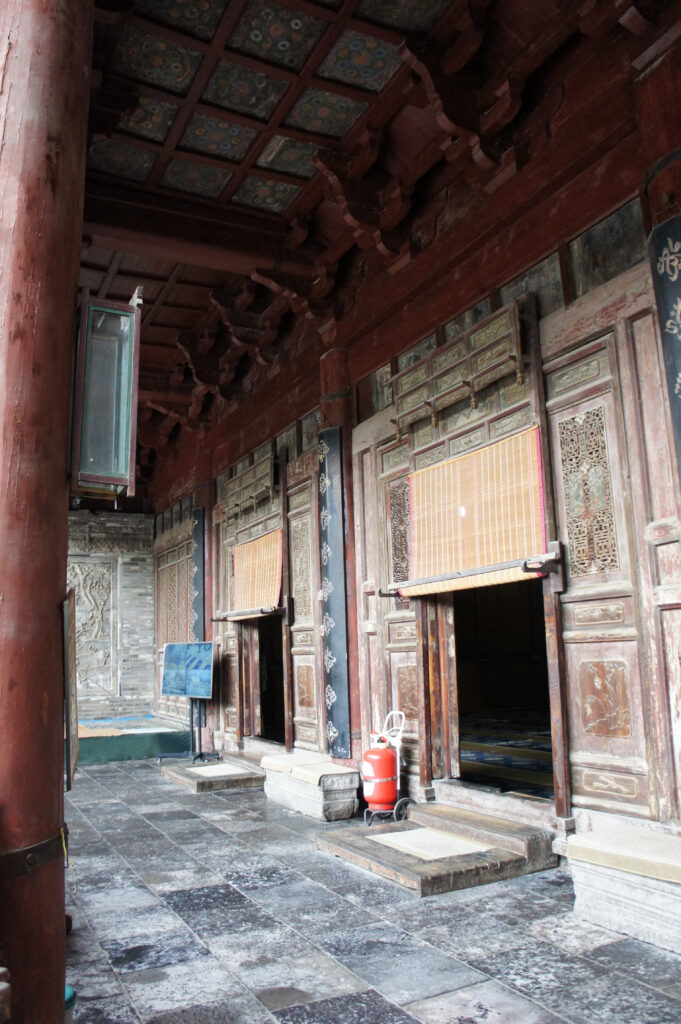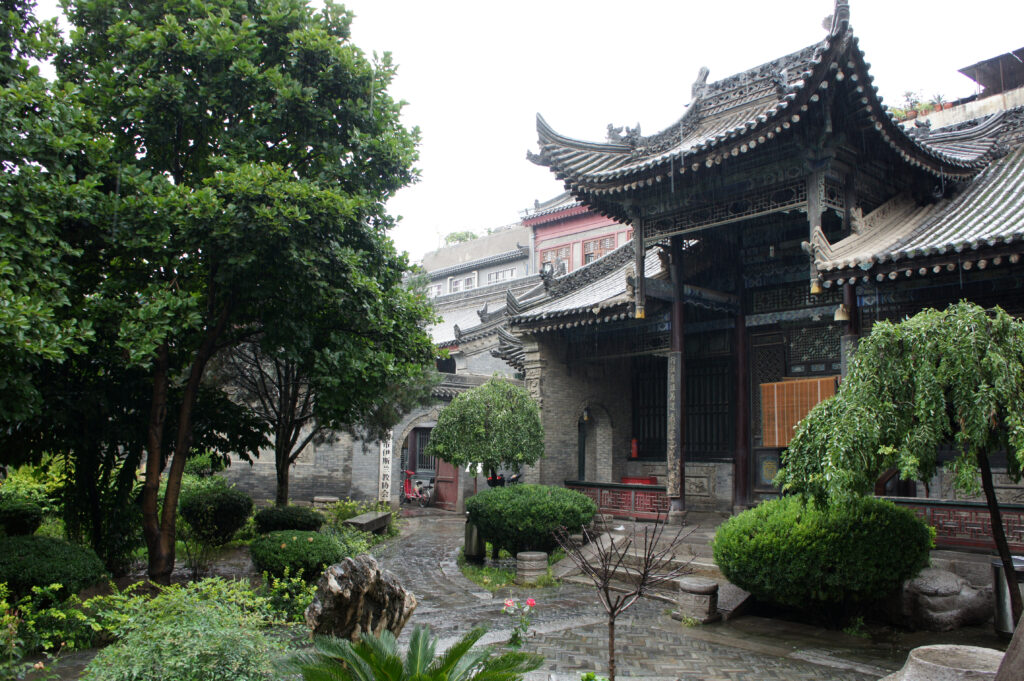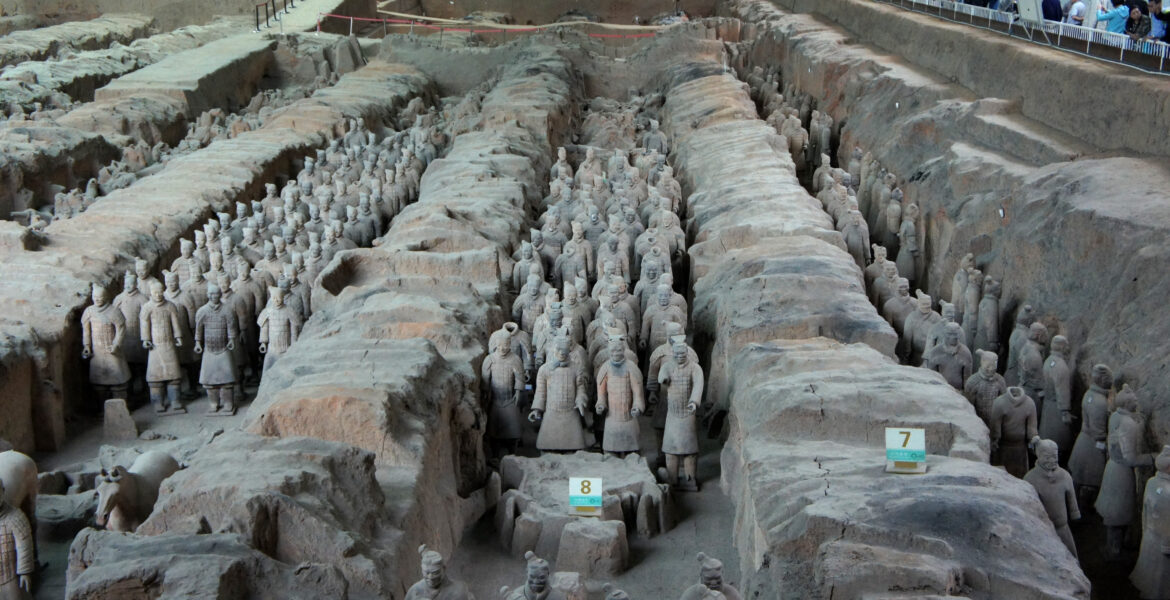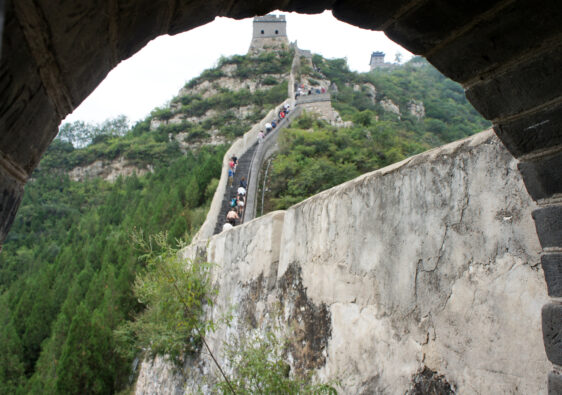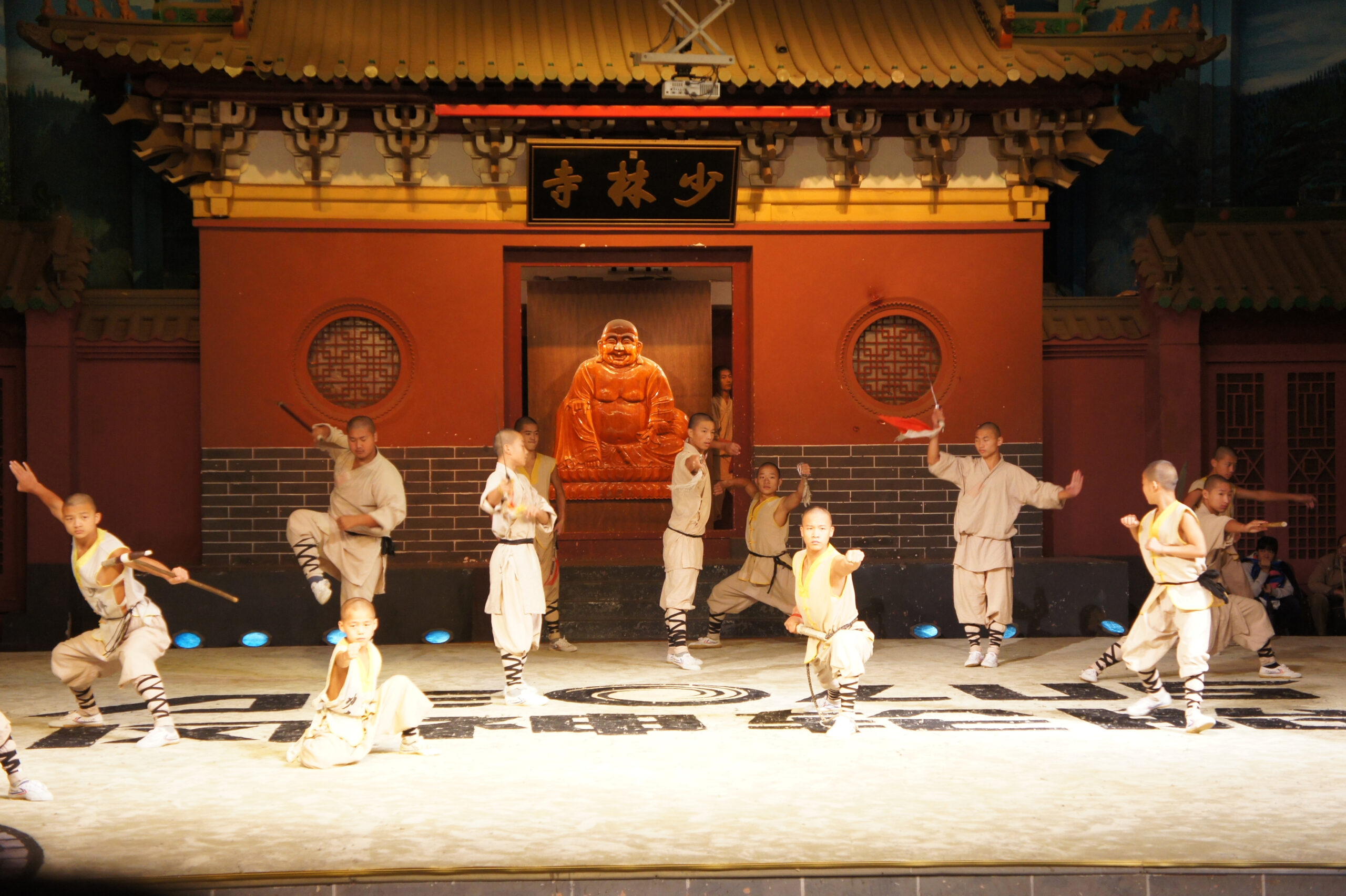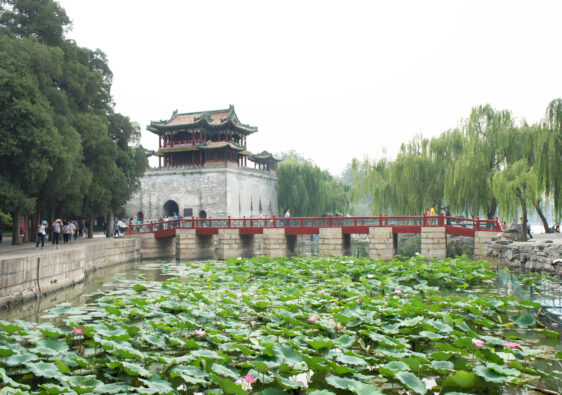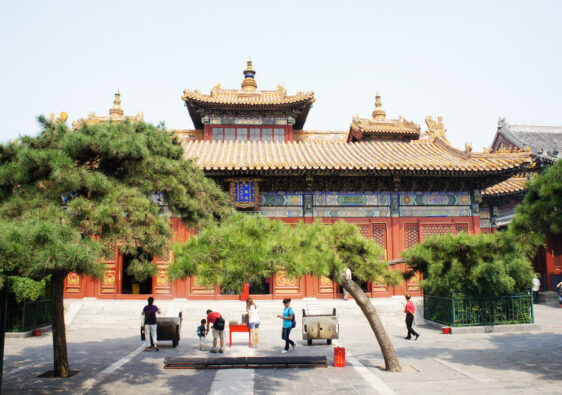✍️ This article was originally published on 30 October 2022, it was updated on 21 November 2024.
The Terracotta Army
Just like the Great Wall, the Terracotta Army was in our top three list of exceptional sites to see during our stay in China.
The site is highly touristy and well-organized: the entire army is protected within immense hangars surrounded by shops and restaurants. You can even have your book signed by the man who supposedly discovered the army, although there are some doubts about this claim.
Indeed, the army was discovered by local farmers in 1974 during the construction of a well.
A bit of history: Emperor Qin Shi Huang feared the afterlife and the spirits that resided there. To protect himself in his second life and to continue ruling, he was buried in a tomb surrounded by an army.
The site is divided into three pits and a museum where you can admire magnificent bronze chariots.
Pit 3 is the smallest, containing 72 warriors and horses, likely the command center of the army. Today, almost the entire army appears in earth tones, but if you look closely, you can spot faint traces of paint here and there, hinting at what the army originally looked like in vibrant colors.
Pit 2 houses 1,200 warriors and horses. Here, you can observe them up close and appreciate the intricate details of their faces, expressions, and clothing. This army appears lifelike yet frozen in time—it’s quite impressive!
The last pit is the largest, with an astonishing 6,000 soldiers and horses. It’s very impressive and, I must say, quite moving; you can’t help but feel small in its presence.
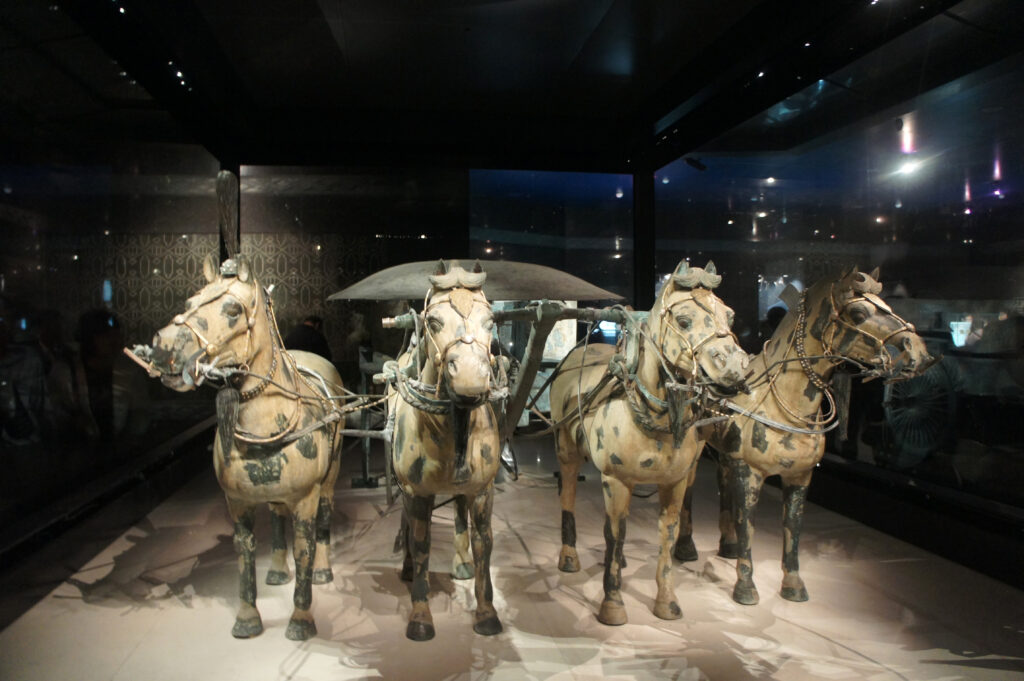
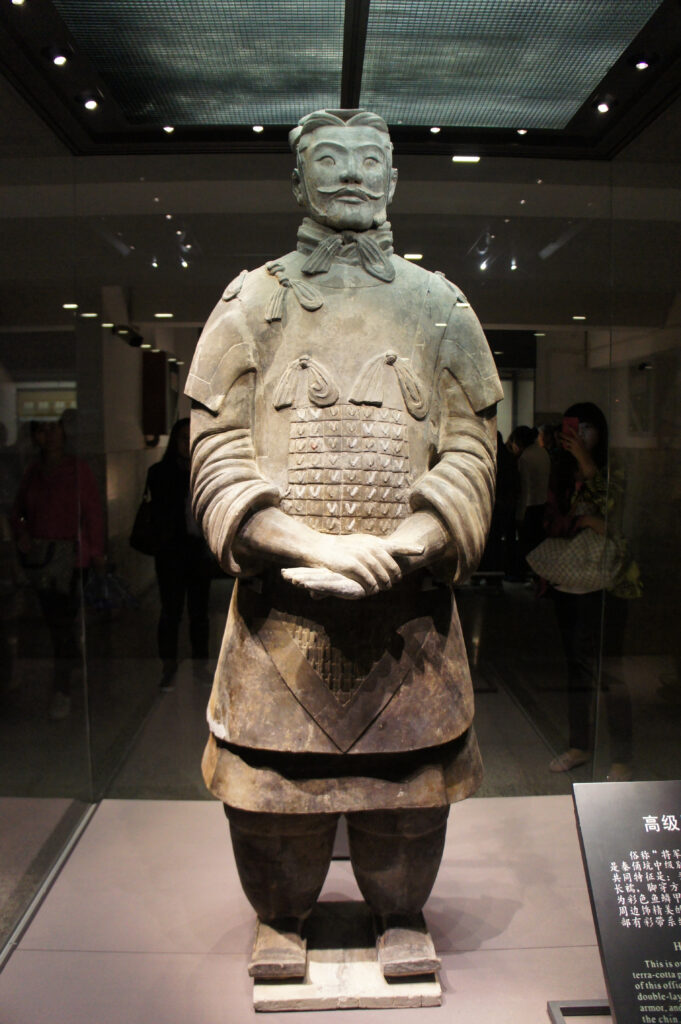
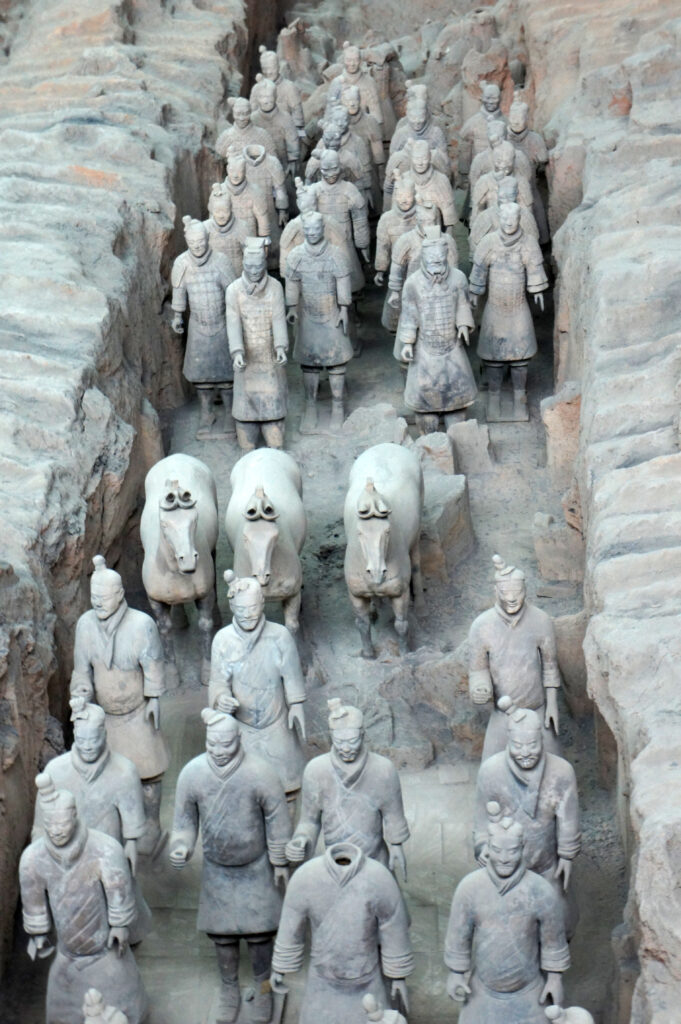
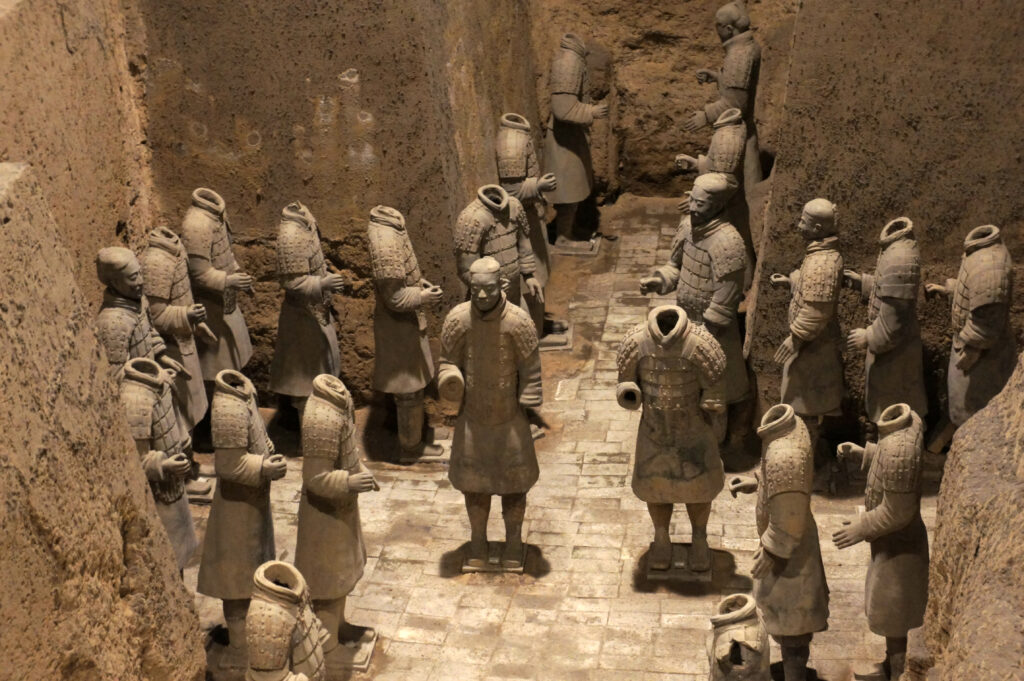
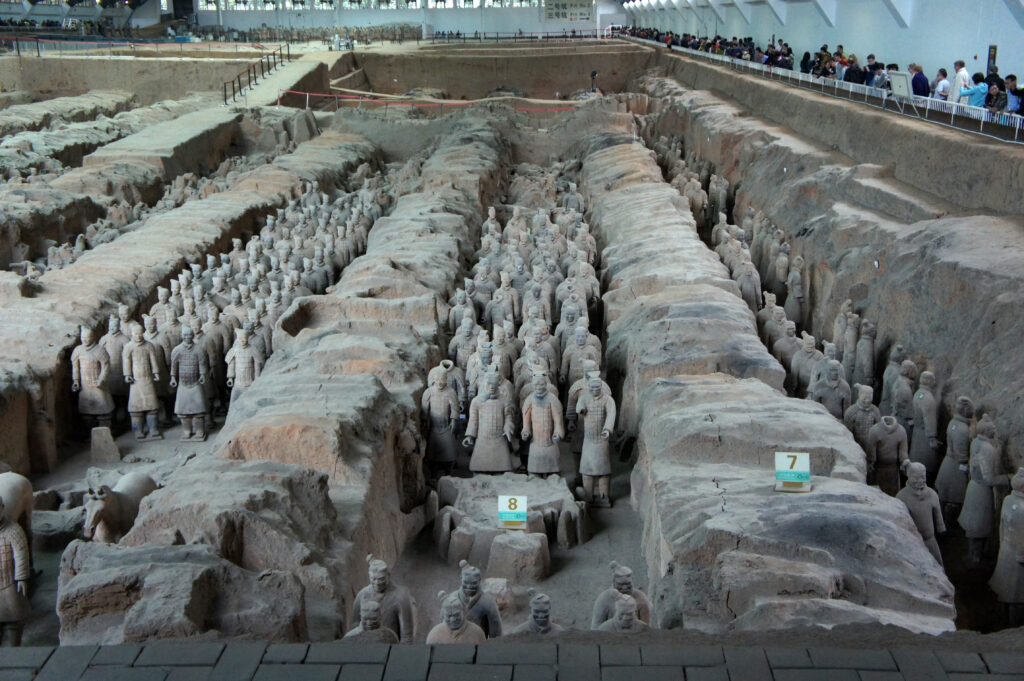
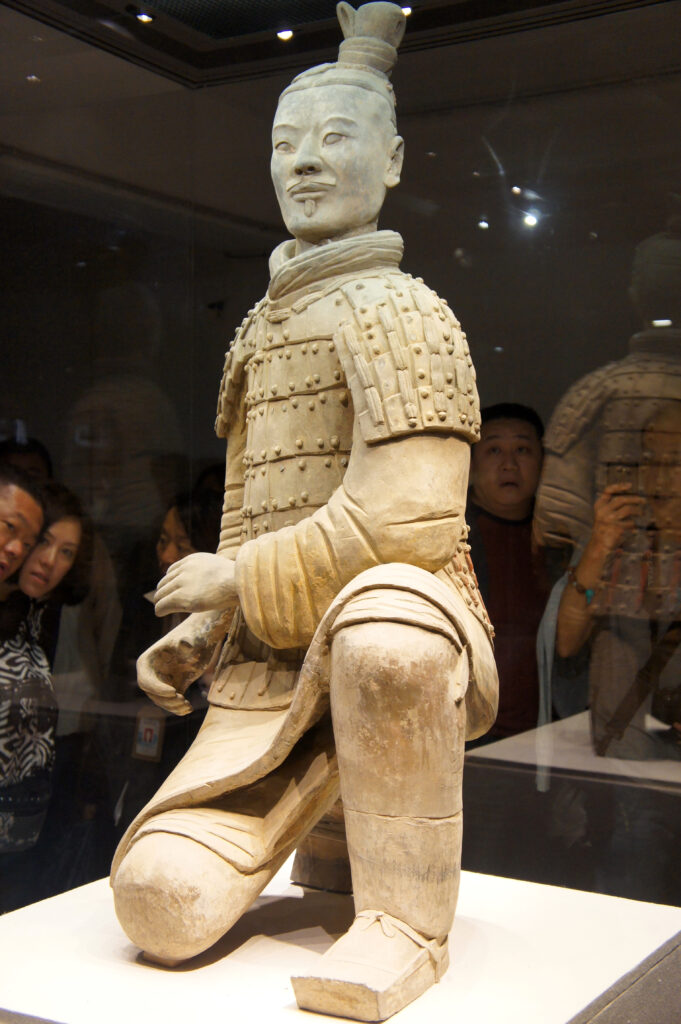
The Muslim Quarter
This bustling neighborhood has been inhabited by the Hui people for centuries. You’ll find numerous small shops and restaurants, witness nougat being made right on the sidewalk, and have the opportunity to visit the magnificent Great Mosque. The neighborhood is very pleasant and perfect for a leisurely stroll; it’s definitely a must-visit.
